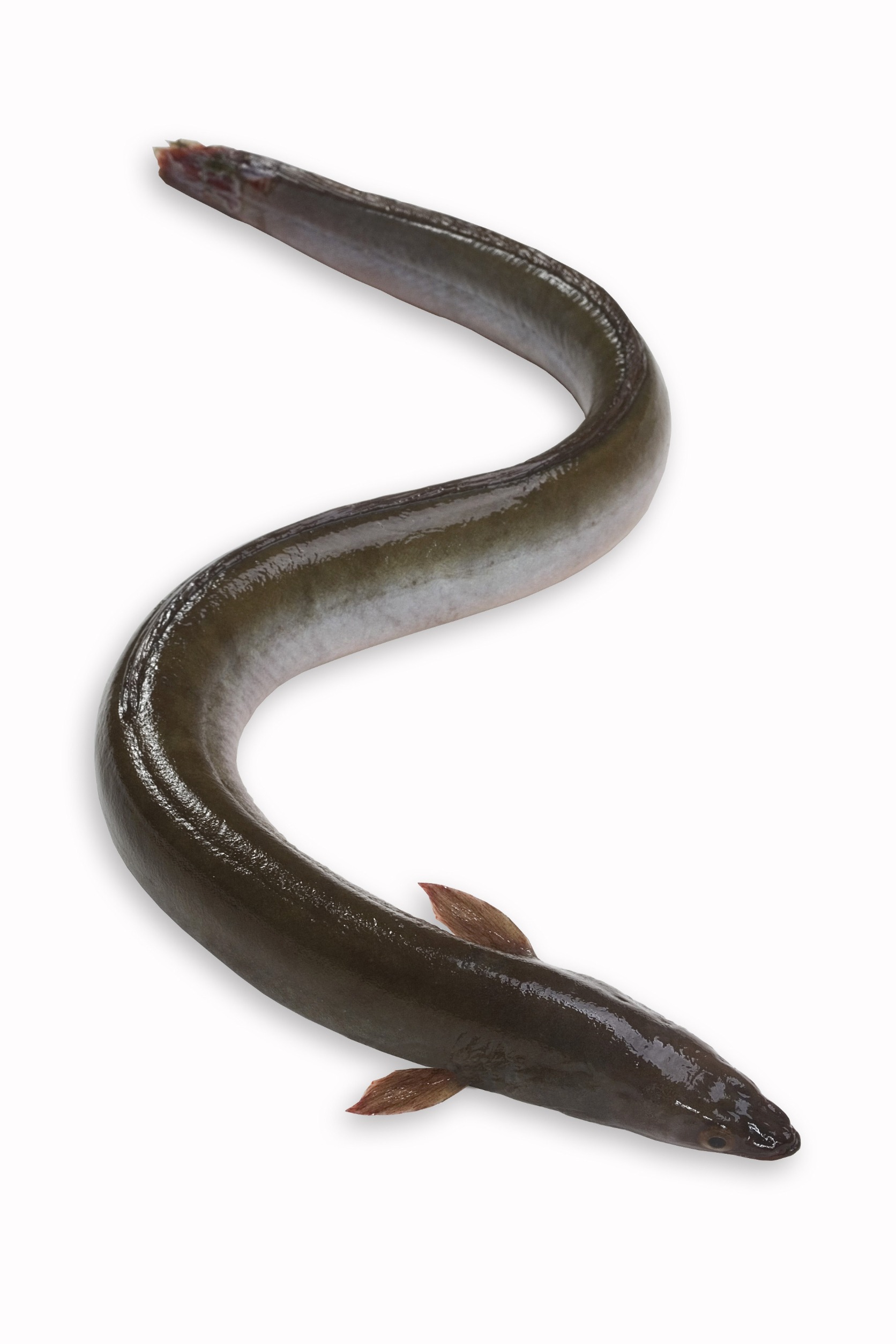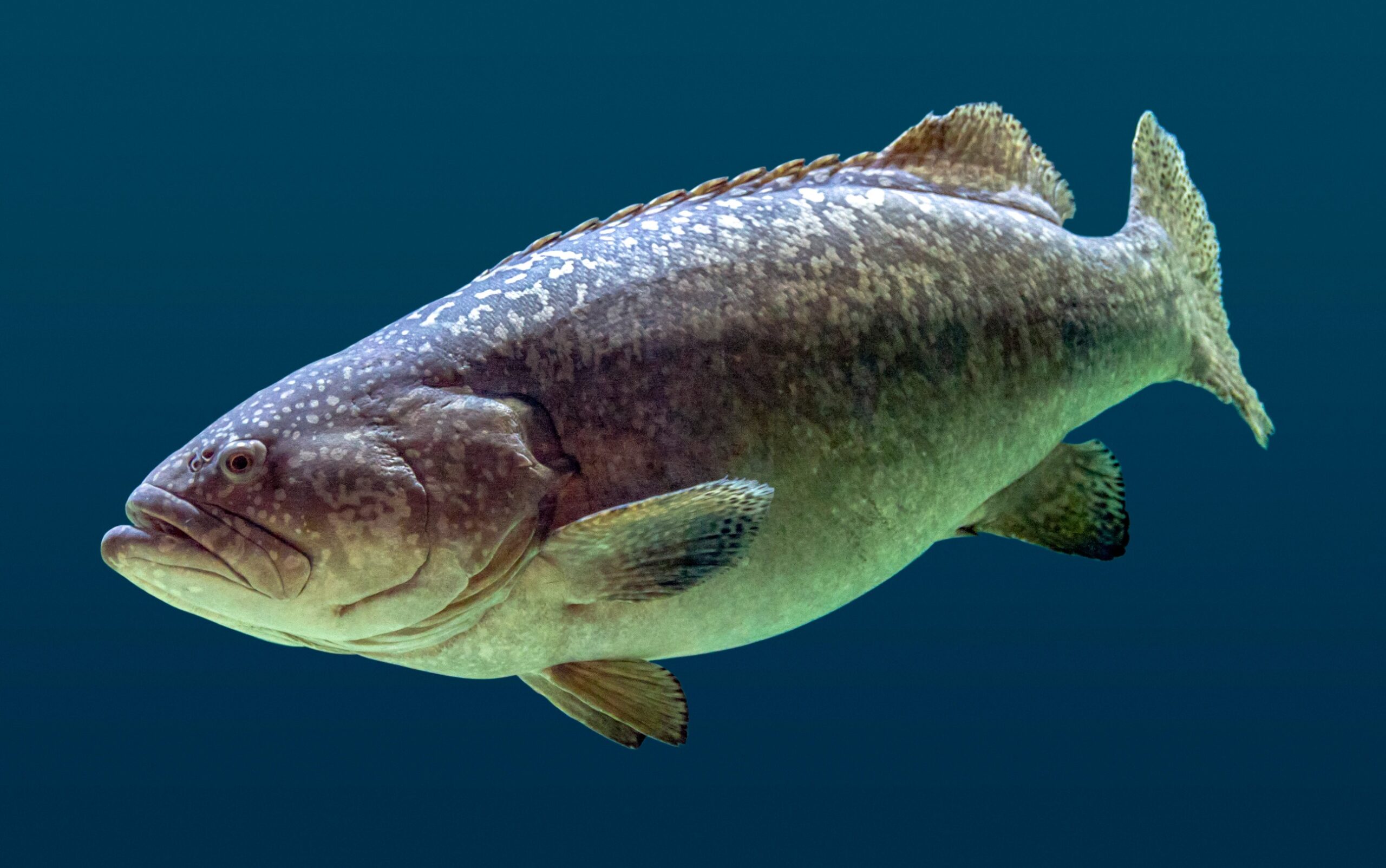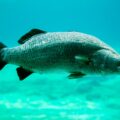The grouper and eel are both strange ocean creatures. They are unique in every way, but they may match their uniqueness with each other. The most significant difference between them is how different these two fish look. Eels are different than most other fishes because they look nothing like a typical fish. Another fact is that these two fish might hunt together but have very different hunting methods.

The differences between grouper and Eel
The grouper is a fish from the subfamily Epinephelinae of the family Serranidae, while the eel is from the order Anguilliformes and is a ray-finned fish.
The following is how eels differ because the order is not the only difference between them. Before getting started, we have to mention that there are many different types, such as electric eels, swamp eels, and deep-sea spiny eels, but they are different from true eels, which are present in both salt water and fresh water.
The Appearance
To start with these two fish, look entirely different. There are many types of groupers, so they differ in appearance but overall look similar.
The grouper is a species that has a stout, elongated body with a wide mouth. The lower jaw of the fish usually extends more than the upper jaw. It is a round fish that weighs more than most fish. The pelvic and anal fins are sharp, but their dorsal fins are soft and located at the back of the body. The grouper also has a pointed tail fin. Color-wise, they are darkly colored in greens and browns, but there are some exceptions, like the Nassau grouper.
When it comes to eel, it looks completely different. The fish has a long, slender body resembling a snake or worm. Unlike groupers, these fish do not have any pelvic fins, and most eels do not possess any pectoral fins either. Moreover, these eels have continuous dorsal, anal, and caudal fins that run along their bodies. These fish swim by generating waves that travel the length of their bodies. When it comes to their color, it varies depending on what part of the ocean the eels inhabit. They can be gray or black in the deep sea, while there are also species that are colorful and full of patterns in tropical reef environments.
The Size
The size of groupers and eels varies, but since their bodies are so different, it does not make that much difference.
There are many different sizes of grouper in the world; in some places, these species are enormous, and in others, they are small. Overall, groupers inhabiting the ocean is generally more prominent than those in other water bodies. For example, the goliath grouper can get more than seven feet long and weigh 880 pounds, making it larger than some sharks. Another example is black grouper, which can grow as large as 7.5 feet in length and be nearly 440 pounds in weight. However, there is also a Nassau grouper, which is small. Large groupers get this big because of the lifespan of the groupers. These fish can live for decades and only die when caught or hunted, allowing them to keep growing.
In comparison, the eels are tiny because they are so slender. The weight of the grouper is in its rounded body, but eels are like snakes, with a completely different look. Some eels are only 4 inches, while the moray eel can get big at 11.5 feet. Their weight can range from as little as 1 ounce to as much as 55 lbs., but this is still small compared to Goliath Grouper. The heaviest true eel is said to have reached a size of 10 feet and weighed 240 pounds. The size could be due to their lifespan, usually between 15 and 20 years. If the lifespan is longer, the eel will grow and get bigger, depending on its diet, much like groupers and other sea creatures.
The Habitat
The grouper is found in various environments but usually in deeper water near wrecks, corals, and reefs. The grouper also likes to live near warm waters. Since they are located worldwide, you can find groupers in shallow water and other unique habitats. It is challenging to pinpoint their habitat, as it varies from the Atlantic Ocean to a random river in India.
When it comes to eels, their habitat varies too. However, since we are talking about true eels, they are primarily found in fresh and salt water. The eels are found in America, Europe, and Japan, consisting mainly of oceans and tropical seas. In the ocean, they are located in shallow waters, where they often burrow into the sand, mud, or rocks to hide. These fish are also nocturnal, meaning they are only active at night and hide during the day. Sometimes, the eel can be found in deeper waters, as deep as 13,000 feet!
The Reproduction Method
Regarding reproduction, the grouper has an exciting way of reproducing.

. This rarely used term means that the fish is always born a female and then turns male once it reaches maturity. The time it takes for the fish to reach maturity depends heavily on the grouper species.
Once the fish is mature, if it is large and robust, it changes its gender to male. After this happens, the male fish leads a harem of almost 15 female fish, and they reproduce. Some of the groupers share their spawning site with other groupers. Since most groupers are females, this reproduction can occur all year since it takes a while to reproduce. Not all groupers are hermaphrodites, but most follow this reproduction method.
Eels reproduce differently. How eels reproduce has yet to be fully understood, but there is knowledge of how they do it. The female eel often migrates to a suitable area where it releases its eggs, and the male fish releases its sperm for them to fertilize. After this, the eggs hatch, and the larvae drift with the ocean current for several months before transforming into an adult and moving to fresh water, and the cycle continues. The eels reach sexual maturity between 5 and 20 years of age, depending on their species. Also, these fish can only reproduce once in their lifetimes.
The Hunting Method
Interestingly, the moray eel and grouper are known for hunting together for prey. Even though both creatures have very different hunting methods, this is not true for all eel species, such as the true eels.
The grouper, first of all, is known as an ambush predator that is visible in open water. These fish wait and pounce on their prey when it comes within striking distance. They rely on their camouflage and quick bursts of speed to surprise and catch their prey. Once the grouper catches the prey, it can swallow the prey whole. They do not use teeth to eat their prey. Most groupers target smaller reef fish, squid, and other smaller creatures that they can easily consume and overpower. Most groupers are omnivorous and depend mainly on carnivorous food.
On the other hand, the eel is known for being an active hunter. Eels will follow the prey and corner it before attacking it. This is due to how they are built since eels are thin and snake-like. They can swim very quickly and maneuver while being able to enter creases that fish-like groupers might never be able to. Moreover, eels have an excellent sense of smell and can smell their prey from a mile away. Unlike groupers, eels do not hide and are found in freshwater, rivers, oceans, and other habitats where they can adapt well to their environment.
Fishing and Eating Grouper and Eel
People fish for grouper recreationally and as well as commercially. Grouper is eaten in the United States, but it is still a fish consumed worldwide more than in the US. However, some groupers cannot be caught, like goliath grouper and other gulf groupers, as their population is decreasing. In Florida, groupers are more well-known for recreational fishing. In this case, the fish is caught for sport and released soon after. This way, people can compare how big the fish they caught is while not harming its population.
When it comes to eel, it is only popular as a food item. As a food item, it is well known in many parts of the world, especially Japan, where it is considered a delicacy. Even in China and Hong Kong, eels are a popular delicacy. Eel is not an affordable fish. The European Eel is eaten in Europe and America, but there are concerns about its population because it is scarcer than before. Eel is not hunted for recreational fishing because it is hard to catch or not as interesting to hold up when you have one on the line.
The Nutritional Composition
Both grouper and Eel are very high in nutrients. Fish overall is known for being a healthier meat option.
Regarding grouper, this fish is low in calories, making it perfect as a diet food. Moreover, fish is a good source of protein, omega-3 fatty acids, and various vitamins and minerals. However, the grouper caught in the wild can have high concentrations of mercury and other harmful chemicals that can be bad for humans, especially kids, older people, and pregnant women. It is always best to eat grouper that comes from a trusted source. Also, the skin of the grouper is inedible and very hard and generally not eaten.
Eel is also high in nutrients such as protein, omega-3 fatty acids, and various vitamins and minerals. The fish is also low in fat compared to other fish. Like grouper, the wild-caught eel can have mercury, harming humans.
The Taste
The taste of the grouper is mild and slightly sweet. The texture of the grouper is almost like lobster or crab because it is firm with huge flakes. The grouper itself may not have a strong taste, but it can absorb the flavors of marinades very well. It also has a low amount of oil and can be grilled quickly, considering it has decent-sized flakes that will not fall apart.
Moving on to eels, they are more popular than grouper. The fish flavor is rich, earthy, and slightly sweet. The fish tastes unique, and no other fish tastes like an eel. The texture is a little like grouper, as it is firm with big flakes. Fish is popular in Japanese sushi cuisine, as the eel is often served as unagi, a grilled eel dish typically served with rice and is slightly sweet and sticky.

Conclusion
Both grouper and eel are different in many ways, but they are both enjoyable on their own. If you want to try one of these fish, we recommend both!











